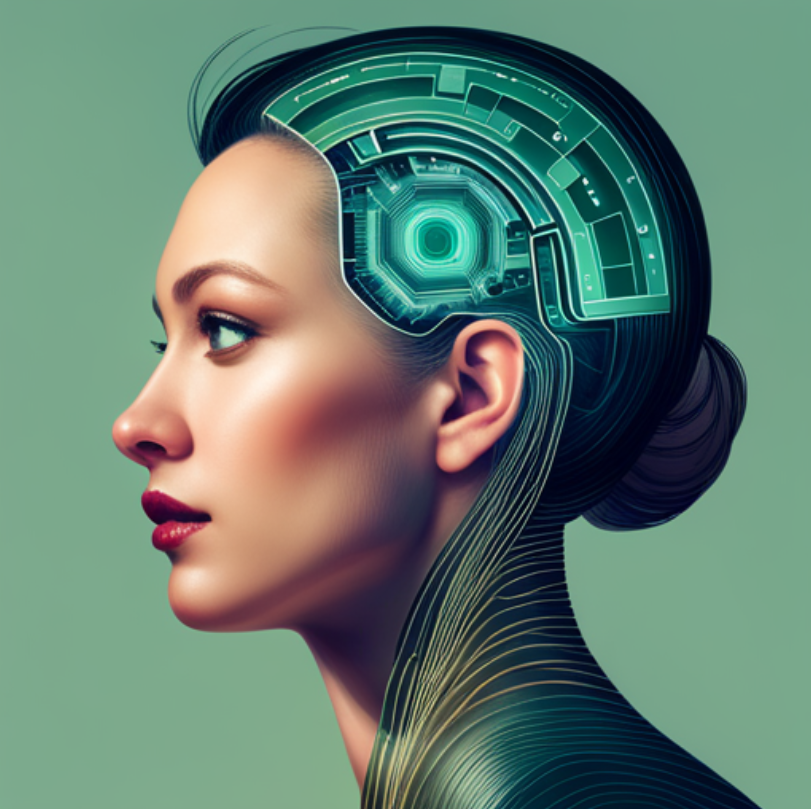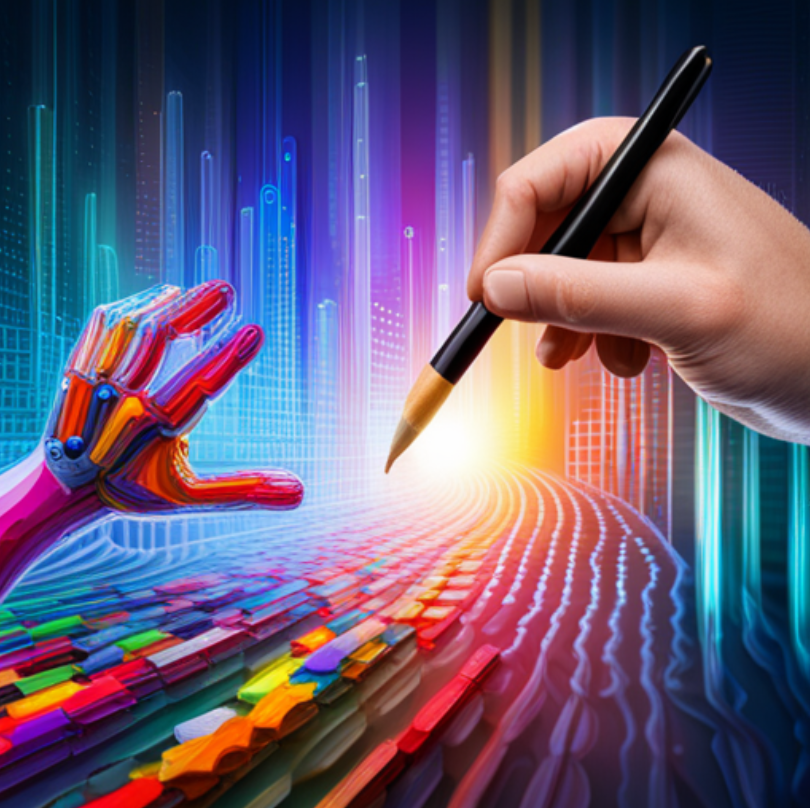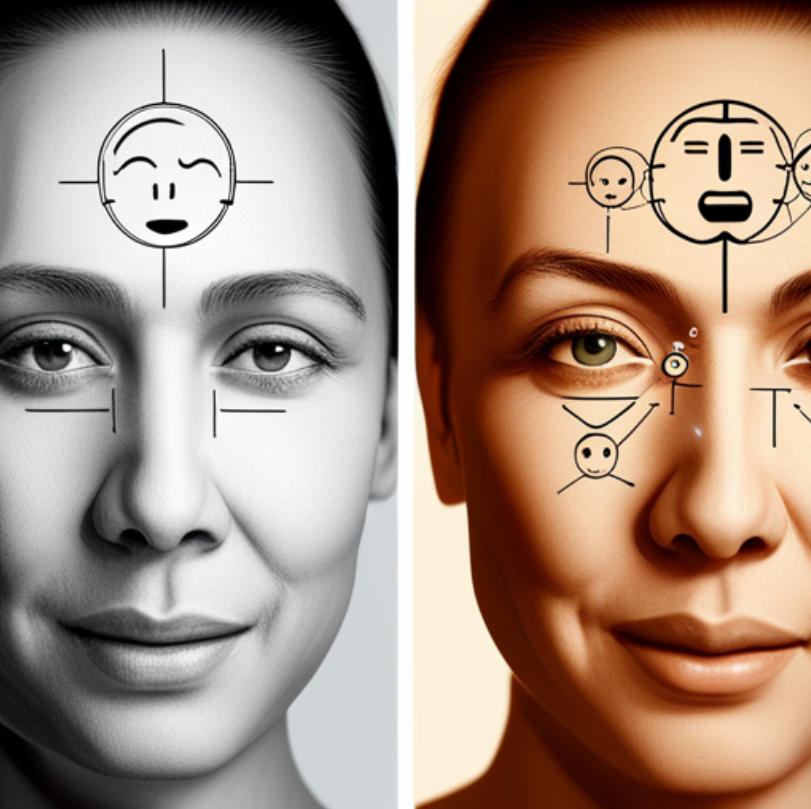
Artificial Intelligence (AI) has made leaps and bounds in recent years, challenging our understanding of intelligence itself. As AI continues to evolve, it’s crucial to understand the differences between AI and human intelligence. But where do we draw the line?

AI, at its core, is a technology that mimics human intelligence. It’s created and programmed by humans to learn from patterns in data and make decisions based on that learning. This process, known as machine learning, enables AI to perform tasks that typically require human intelligence, such as recognizing speech, identifying images, and making predictions (source).
On the other hand, human intelligence is an innate capability. It encompasses not only cognitive abilities such as problem-solving and learning but also emotional intelligence, creativity, intuition, and social skills.

One significant difference between AI and human intelligence lies in creativity. While AI can generate new combinations based on existing data, it lacks the ability to create something truly original. In contrast, human creativity is limitless and often spurred by emotions, experiences, and spontaneous ideas (source).

Emotional intelligence, another uniquely human trait, involves understanding and managing one’s own emotions and empathizing with others. Despite advancements in affective computing, AI still falls short in comprehending the depth and complexity of human emotions (source).

The rise of AI has sparked discourse on AI ethics, focusing on issues like privacy, bias, and the impact of AI on jobs. As AI takes on more decision-making roles, ensuring that it’s used ethically and responsibly becomes paramount (source).

While AI excels in processing vast amounts of data and performing complex calculations, it lacks the human touch. Human intelligence is characterized by emotional depth, creativity, intuition, and ethical judgment. As we continue to develop and integrate AI into our lives, remembering these fundamental differences is crucial (source).
In conclusion, as AI continues to evolve, it’s essential to remember that it’s a tool designed to enhance human capabilities, not replace them. Balancing the strengths of AI with the unique aspects of human intelligence will pave the way for a future where technology and humanity coexist harmoniously.
1 Comment
Explainable AI (XAI) : Making AI transparent | Dishu BansalAugust 29, 2023
[…] Explainable AI or XAI is a new area of study in the field of Artificial Intelligence that is focused on making AI output more understandable for humans (new to AI? Check this post). It’s a set of tools, methods, and techniques that help humans interpret the decision-making of a machine-learning model while keeping the highest level of accuracy for predictions (To learn more about AI vs. Human Intelligence, Read here). […]